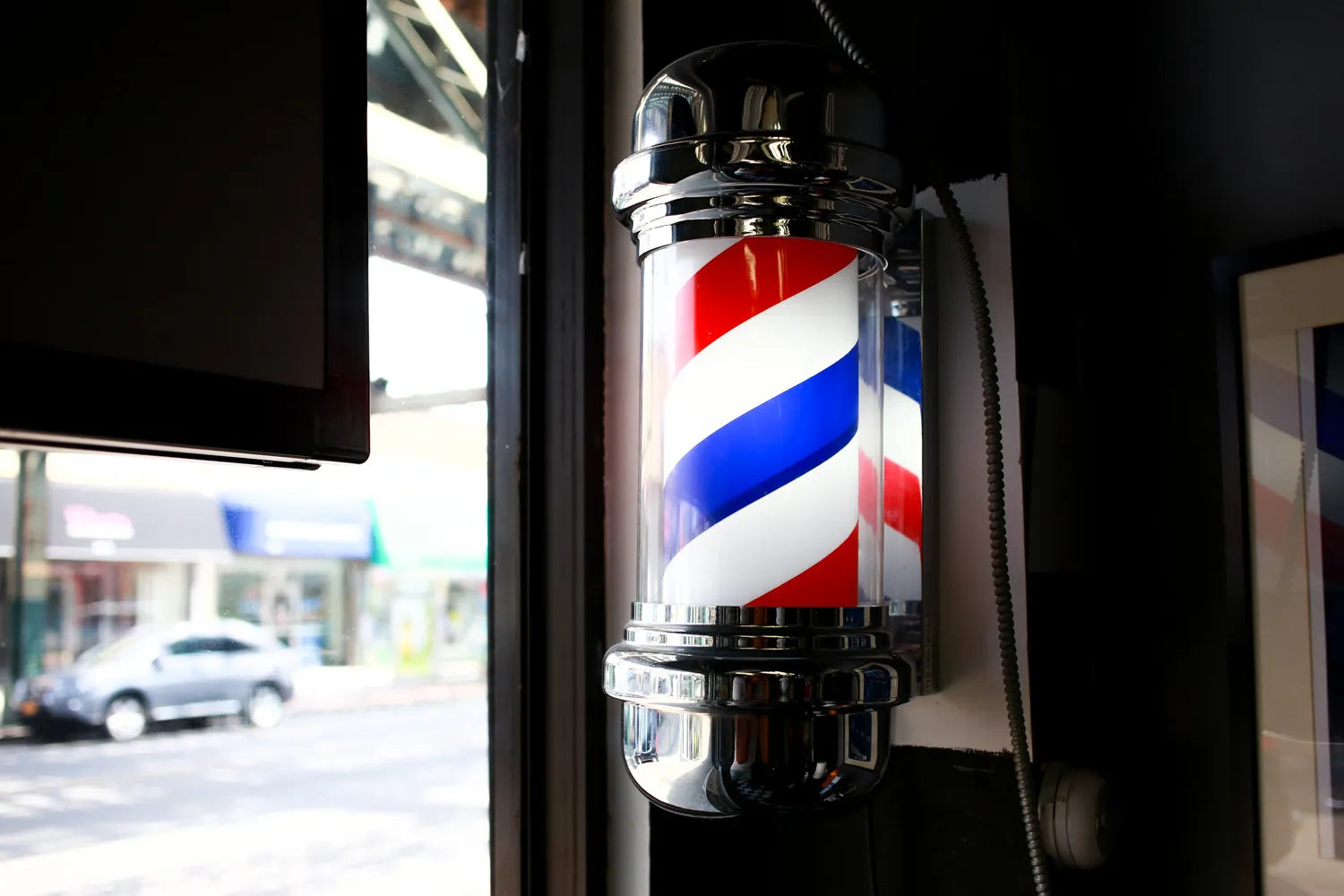
RAZOR BURN – CAUSES, TREATMENT, AND PREVENTION
WHAT IS RAZOR BURN?
If you’ve ever shaved only to have a red rash appear, you’ve likely experienced razor burn. Razor burn is a form of
contact dermatitis caused by shaving. Common symptoms include burning, redness, itching, and stinging. Razor burn is visibly recognizable and will likely appear as small red bumps on the skin, commonly referred to as
razor bumps. Razor burn symptoms can last a few hours or days depending on how irritated the skin is and can affect any person who shaves any part of the body.
CURLY HAIR IS WHY BLACK MEN ARE MORE LIKELY TO GET RAZOR BURN THAN CAUCASIAN OR ASIAN MEN, ALTHOUGH RAZOR BURN CAN OCCUR IN MEN OF ALL ETHNICITIES.
WHAT CAUSES RAZOR BURN
Razor burn is caused by a razor blade making direct contact with the skin. As the blade moves across your skin, it can cause trauma to the skin barrier. Your skin barrier is the outer layer of skin that protects your skin from environmental threats while maintaining the body’s natural water balance. Disrupting this skin barrier process can lead to microscopic cracks, inflammation, and loss of hydration. The effect is the red itchy rash identified as razor burn, not to be confused with acne.
Your hair pattern can also contribute to razor burn. When you have coarse or curly hair, it’s more challenging to get a close shave. When you cut coarse or curly hair improperly, it sharpens the hairs’ ends, causing them to curve back into the skin like a sharp splinter, resulting in inflammation. When you shave over razor bumps, it disrupts the skin barrier resulting in razor burn.
Curly hair is why Black men are more likely to get razor burn than Caucasian or Asian men, although razor burn can occur in men of all ethnicities.
Other causes of razor burn include not using the right shaving cream or gel, pressing too hard against the skin, shaving over dry skin, or shaving with dull blades. Shaving creams and gels act as emollients that provide a protective layer that traps moisture and prevents trauma to the skin barrier.
COMMON CAUSES OF RAZOR BURN
Shaving without a lubricant
Shaving in the opposite direction of hair growth
Using a dull razor blade
Shaving too quickly
Using alcohol-based shaving products
HOW TO TREAT RAZOR BURN
There are many effective ways to treat razor burn. Since razor burn is caused by disrupting the skin barrier, it’s best to start by repairing the barrier. Avoid shaving the area until your razor burn symptoms have subsided. You want to make sure the skin barrier is fully healed before attempting to shave again. First, you will want to start by soothing the heat and itching. You can do this by applying a cool washcloth or using fresh aloe. After the skin is soothed, begin applying gentle moisturizers to replenish your skin’s hydration.
Next, you’ll want to reduce the skin’s inflammation through over-the-counter remedies or products containing the following ingredients:

Tea Tree Oil A natural antiseptic that helps reduce the risk of infection.
Salicylic Acid Helps reduce instances of hyperpigmentation and scarring.
Vitamin E An essential vitamin that helps promote the skin’s ability to heal.
Witch Hazel Helps reduce inflammation and swelling.
Lactic Acid Aids in removing dead skin cells, which reduces instances of scars and hyperpigmentation.
If the problem becomes more severe, it might be time to visit a dermatologist. We always recommend consulting a medical professional before trying to treat any medical issues at home.
HOW TO PREVENT RAZOR BURN
The best way to prevent razor burn is through proper shaving techniques and routines. Here are some tips to help reduce the chances of razor burn while shaving:
ONLY SHAVE WHILE SKIN IS MOIST
The best time to shave is directly after a shower when your skin is clean and moist. Taking a warm shower can make the skin soft and open up your pores, allowing hair trapped under the surface to emerge.
APPLY SHAVING CREAM OR EMOLLIENT
Shaving cream creates a barrier between the blade and your skin, preventing damage and microcracks to the outer layer. It also works to move the razor more smoothly over your skin. You can use any type of cream as long as it provides enough of a barrier and doesn’t irritate the skin.
SHAVE WITH THE GRAIN
Shaving against the grain is a common misconception that can cause ingrown hairs and lead to irritation. The safest, most effective way to shave is in the direction of hair growth. Be sure to only go over each area once as repeated contact with the blade can cause irritation and be the reason for chronic razor burn.





